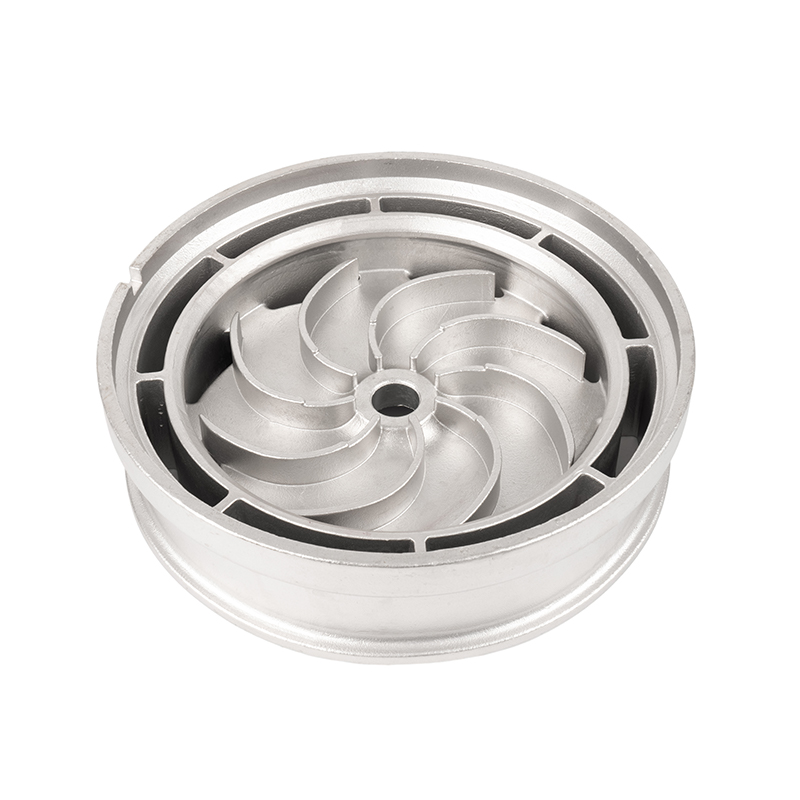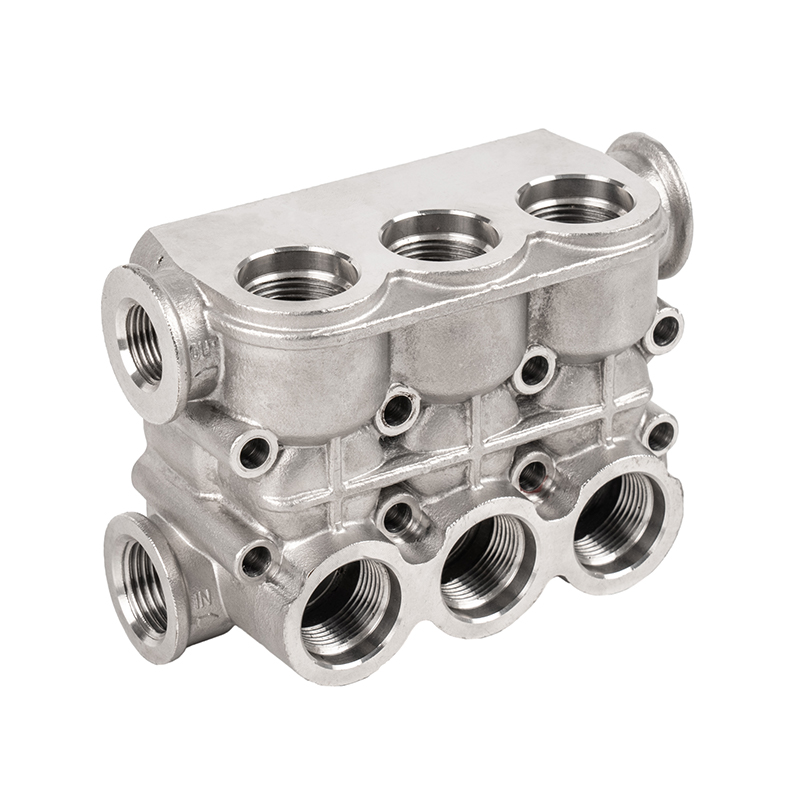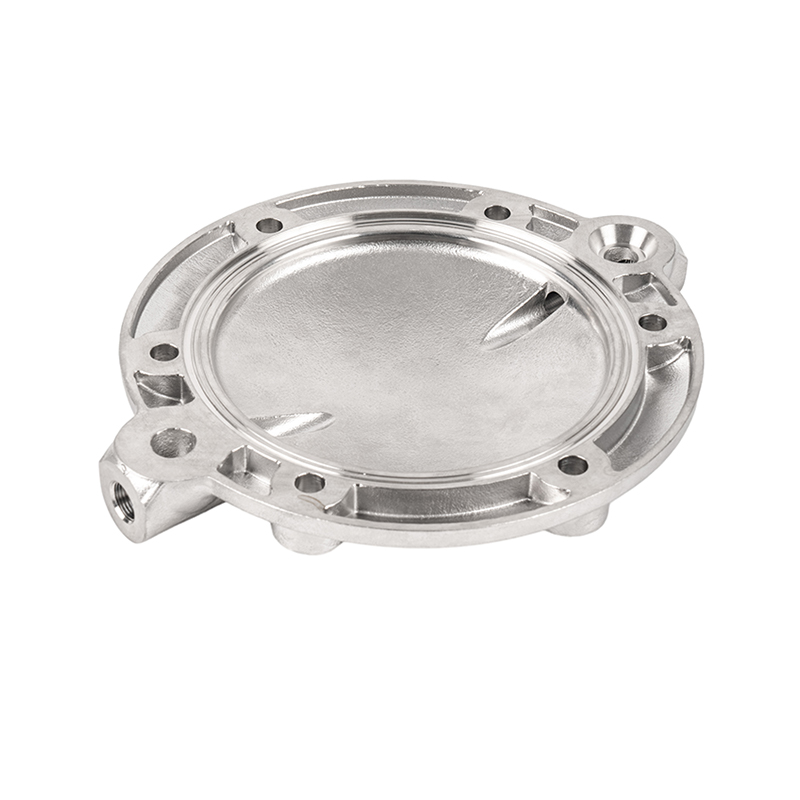What are the characteristics of the structural design of blade impeller castings
As a key component of fluid machinery, the structural design of blade impeller castings plays a vital role in the performance and efficiency of the equipment.
First, the shape and number of blades are key factors that cannot be ignored in the design. According to the principles of fluid dynamics and the working requirements of the equipment, the shape of the blades is usually selected as straight airfoil, curved airfoil or volute type, and the reasonable selection of the number of blades will directly affect the flow, head and efficiency of the impeller.
Secondly, the blade gap and angle are also important parameters that affect the fluid dynamics performance of blade impeller castings. By reasonably designing the blade gap and angle, the leakage and resistance of the fluid can be reduced, thereby improving the flow and efficiency of the impeller. At the same time, the design of the blade gap and angle also needs to consider the interaction between the blades and the flow state of the fluid to ensure that the fluid can pass through the impeller smoothly and achieve the expected effect.
In addition, the curvature and thickness distribution of the blades are also crucial to the performance and efficiency of blade impeller castings. Reasonable blade curvature design can reduce the rotation loss and turbulence loss of the fluid and improve the efficiency and energy-saving performance of the impeller. The thickness distribution of the blades needs to be designed according to the force conditions and material strength characteristics of the blades to ensure that the blades work stably under high-speed rotation and fluid impact.
In addition, the choice of blade material and connection method are directly related to the durability and stability of the impeller. Common blade materials such as stainless steel and aluminum alloy have good corrosion resistance and mechanical properties, and can operate stably in harsh working environments. The connection methods of the blades usually include welding, bolting, etc., and it is necessary to ensure that the connection is tight and reliable and not easy to loosen.
Finally, in order to reduce the surface friction resistance and aerodynamic resistance of the blades and improve the efficiency and performance of the impeller, the blade impeller castings usually need to be surface treated and coated. Common surface treatment methods include polishing, sandblasting, anodizing, etc., which can improve the surface finish and flatness of the blades. The coating selects wear-resistant coatings, anti-corrosion coatings, etc. to increase the wear resistance and service life of the impeller.


 English
English Español
Español русский
русский 中文简体
中文简体

















